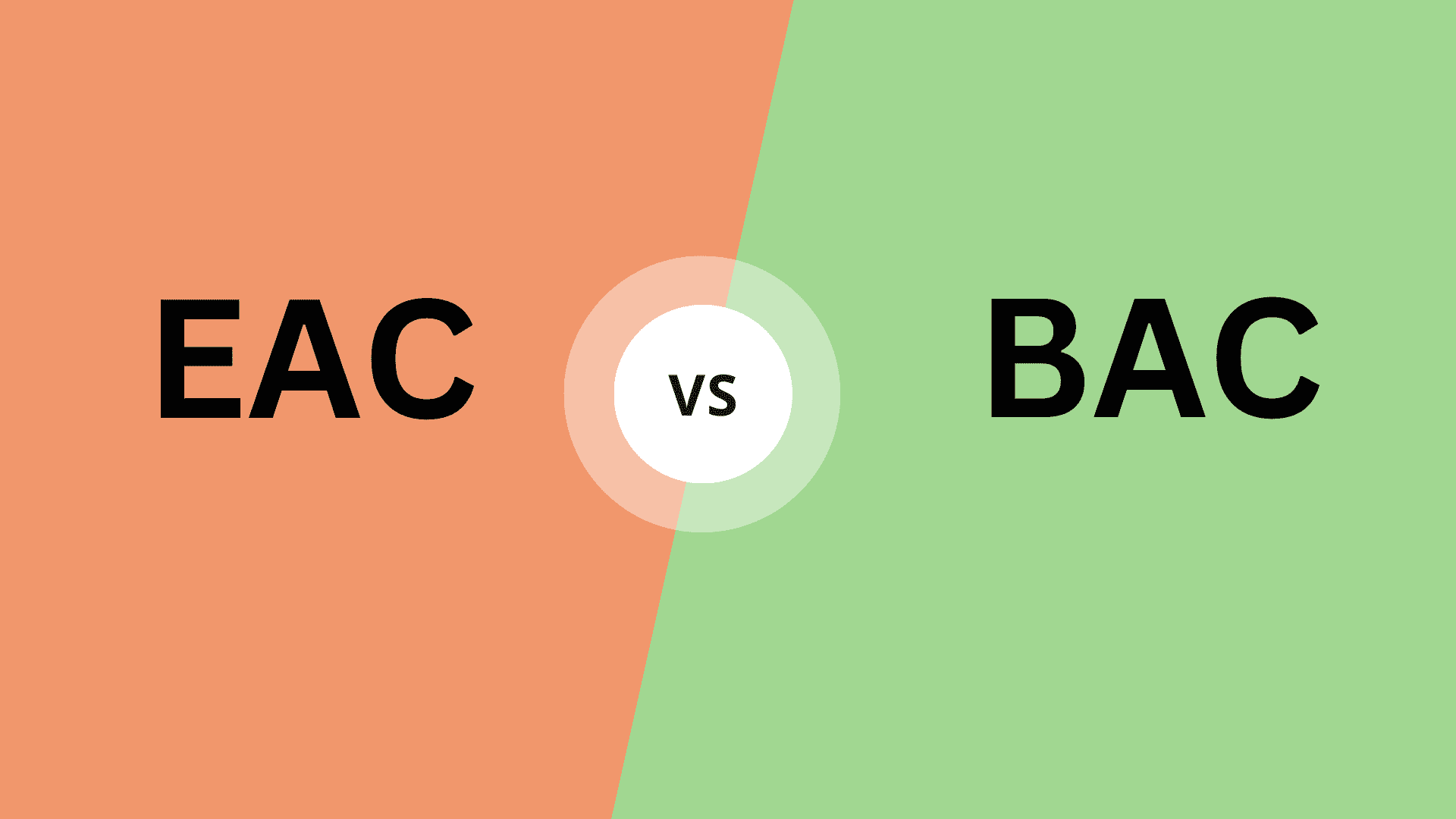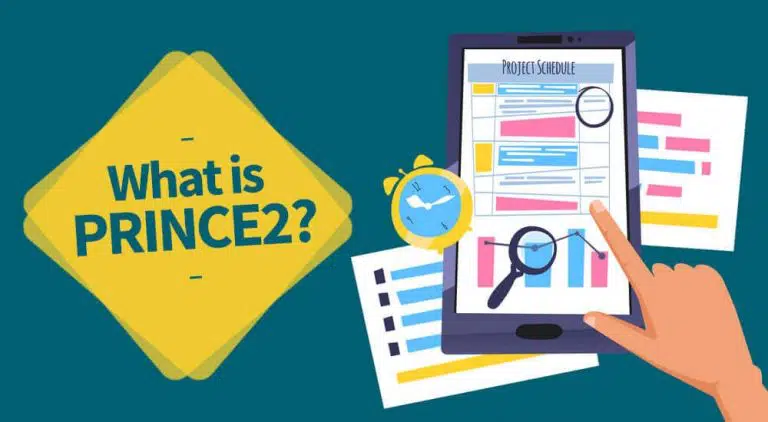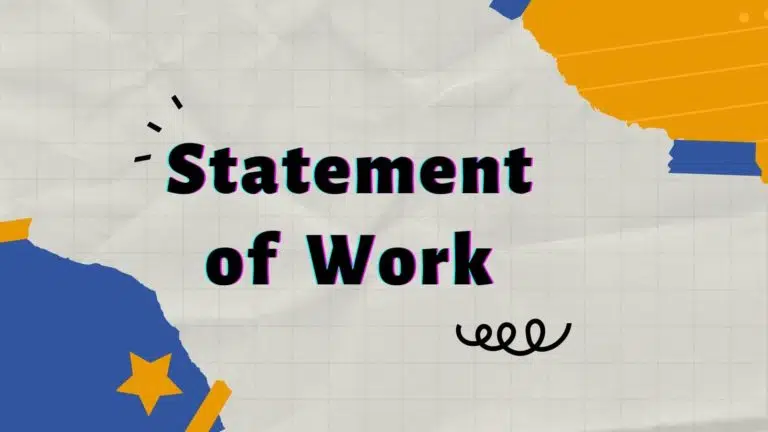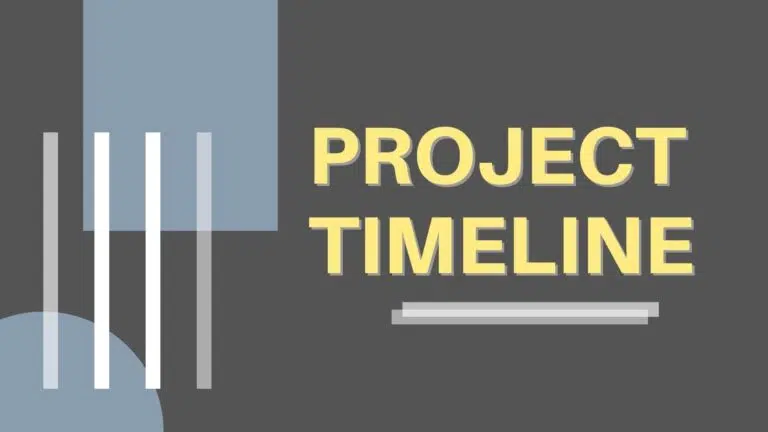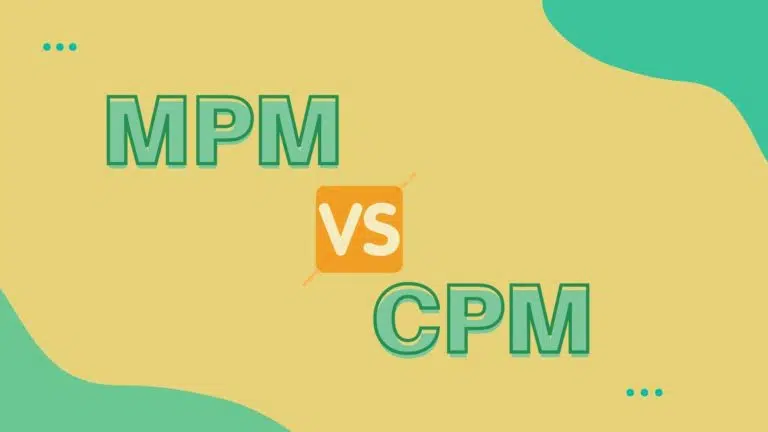Estimate at Completion (EAC) and Budget at Completion (BAC) are cost estimates for the project estimated at different time points. Since both estimations provide the project cost estimation, many professionals confuse these concepts.
Today’s blog post will discuss EAC and BAC and their differences.
What is the Estimate at Completion (EAC)?
Estimate at Completion (EAC) is the expected total cost to complete the project. It considers the actual costs incurred to date and the estimated costs for the remaining work.
Formula to Calculate the EAC
The two popular cases to calculate the EAC are as follows:
- EAC = AC + (BAC – EV), which assumes that the remaining work will be performed at the budgeted rate.
- EAC = AC + (BAC – EV) / CPI, which accounts for the current cost performance index (CPI).
EAC is dynamic and reflects the adjustments to the original budget based on actual performance. It provides a revised estimate of the total cost to complete the project.
Budget at Completion (BAC)
Budget at Completion (BAC) is both the original and static total budget allocated for the project. It is estimated at the beginning of the project and represents the financial plan for the project.
To calculate the BAC, you must first create a work breakdown structure, then work packages, and then find the cost of each work package. You add them up to get the BAC.
Several different project cost estimation techniques can be used to estimate the project budget, such as bottom-up, top-down, parametric, and three-point.
Summary
EAC is a dynamic estimate that adjusts based on the actual cost performance of the project. It includes both actual costs and estimated costs for the remaining work. The BAC is the originally planned budget, acting as a static benchmark for assessing project cost performance. Both metrics are vital for effective cost management and decision-making in project management.

I am Mohammad Fahad Usmani, B.E. PMP, PMI-RMP. I have been blogging on project management topics since 2011. To date, thousands of professionals have passed the PMP exam using my resources.

